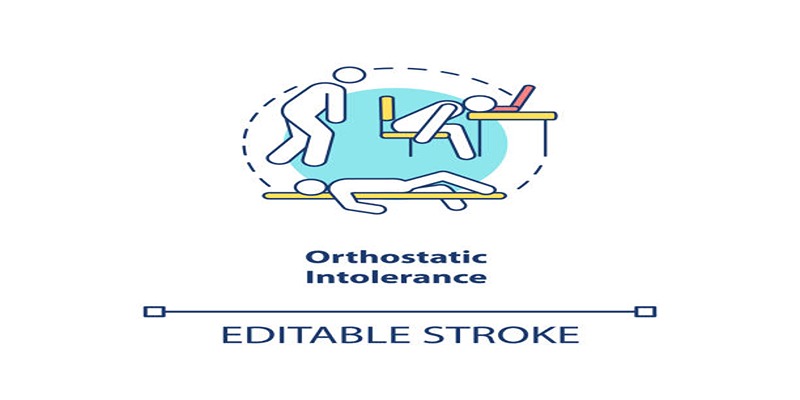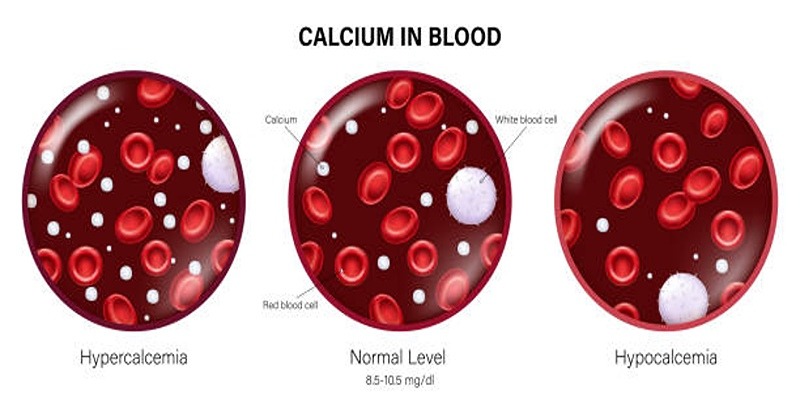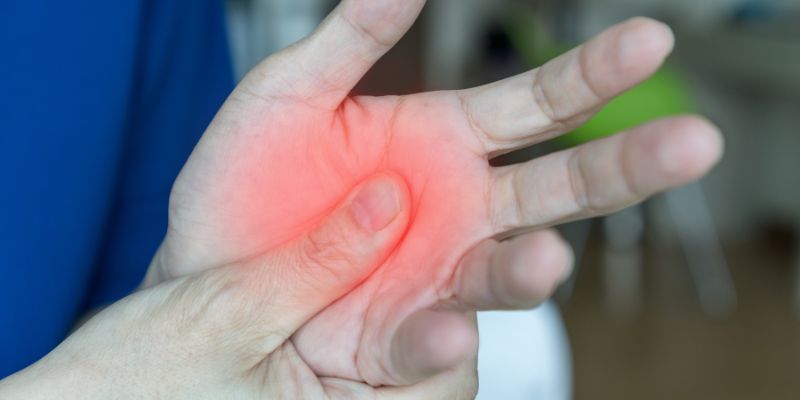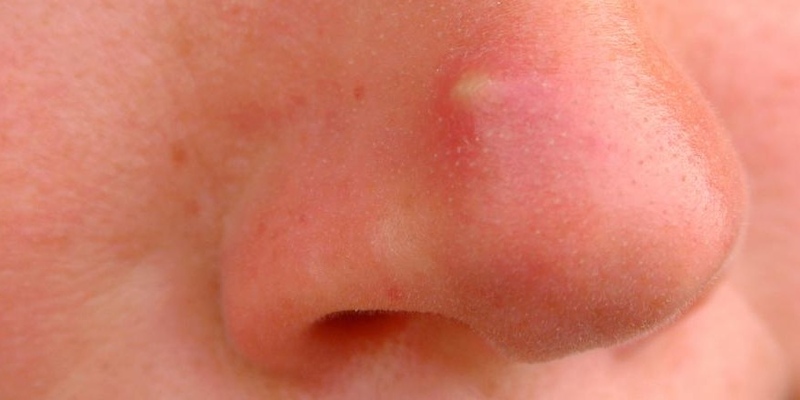Understanding CIPA: Essential Tips for Treatment and Management
Congenital Insensitivity to Pain with Anhidrosis (CIPA) is a rare genetic disorder that presents unique challenges for affected individuals and their caregivers. Those with CIPA cannot feel pain or temperature changes, making them highly susceptible to injuries, burns, and other health complications. Additionally, the inability to sweat poses severe risks related to overheating and temperature regulation. Managing CIPA requires a proactive, vigilant approach that includes regular medical check-ups, environmental awareness, and tailored care strategies to prevent injuries and maintain overall well-being.
What is CIPA?

Congenital Insensitivity to Pain with Anhidrosis (CIPA) is a very rare inherited disease that is sub typed under hereditary sensory and autonomic neuropathies. CIPA patients are unable to feel pain or temperature because of defects or loss of certain sensory neurons. Also, they are unable to sweat (anhidrosis), which is a problem that affects their body temperatures regulation process. These are relatively demanding issues which need constant monitoring in order to provide safety and security in everyday existence.
Causes of CIPA:
CIPA results from mutation in the NTRK1, which codes a protein that is very important in differentiation and maintenance of the neurons for the sensation of pain, temperature and touch. The disorder is inherited in autosomal recessive manner, thus for a child to manifest the disorder he/she has to inherit the recessive gene form both parents. Like most inherited conditions, CIPA becomes apparent as soon as the child is born or soon after they are born.
Key Symptoms of CIPA
The symptoms of Congenital Insensitivity to Pain with Anhidrosis (CIPA) vary among individuals but commonly include the following:
Inability to Feel Pain
Individuals with CIPA cannot perceive pain, which means they may remain unaware of injuries such as cuts, bruises, fractures, or even severe internal damage. Pain typically serves as the body’s warning system, prompting action or medical attention. Without this crucial signal, injuries may go unnoticed and worsen over time, leading to serious complications.
Inability to Sense Temperature Changes
The inability to detect temperature changes puts individuals at risk of burns from hot surfaces, frostbite in freezing conditions, or other temperature-related harm. This lack of awareness makes them especially vulnerable to extreme heat or cold, which can result in life-threatening situations if not carefully managed.
Absence of Sweating (Anhidrosis)
CIPA disrupts the body’s ability to sweat, a key function for regulating internal temperature. Without sweat to cool the body, individuals face a high risk of overheating, particularly in hot weather or during physical activities. This inability to manage heat effectively can lead to dangerous conditions like heat exhaustion or heatstroke.
Frequent Injuries
The inability to feel pain often results in frequent injuries, such as cuts, wounds, bruises, and fractures, many of which go unnoticed until visible signs like swelling or bleeding appear. Over time, repeated injuries can cause long-term damage, scarring, or even deformities, especially if proper medical care is delayed or neglected.
Developmental Delays
Some people with CIPA may experience delays in reaching developmental milestones, including walking or performing fine motor tasks. Such delays are often secondary effects of their condition, as unnoticed injuries, joint damage, or other physical complications can hinder normal growth and motor skill development. In some cases, cognitive challenges may also occur, potentially linked to health complications associated with the disorder.
Unawareness of Internal Injuries
CIPA not only affects the ability to detect external injuries but also internal ones, such as organ damage or infections. Without the ability to recognize pain or discomfort, early detection and treatment of internal issues become much harder, increasing the risk of severe complications or chronic health problems.
Diagnosing CIPA
Early diagnosis of Congenital Insensitivity to Pain with Anhidrosis (CIPA) is essential to prevent serious complications. The diagnostic process often includes the following steps:
- Clinical Evaluation: A detailed medical history and comprehensive physical examination to identify symptoms indicative of CIPA.
- Genetic Testing: Confirmation through the detection of mutations in the NTRK1 gene.
- Nerve Studies: Tests such as electromyography and nerve conduction studies to evaluate nerve function.
Challenges of Living with CIPA
CIPA poses significant challenges that stem from the inability to feel pain or regulate body temperature. These include:
- Injury Susceptibility: Without the protective signal of pain, individuals are at a higher risk of severe injuries and trauma.
- Temperature Regulation Issues: An inability to sweat impairs the body’s ability to regulate heat, increasing the likelihood of heat-related illnesses.
- Chronic Wound and Infections: Frequent injuries often result in delayed healing, leading to persistent wounds and infections.
- Dental Complications: Self-inflicted oral injuries, such as biting the tongue or cheeks, are common due to the lack of pain feedback.
Treatment and Management Strategies
While there is no cure for CIPA, effective management focuses on reducing risks and enhancing quality of life. Below are the key approaches:
1. Preventing Injuries
- Protective Gear: Helmets, padding, and sturdy footwear can help reduce the risk of injuries.
- Environment Modifications: Childproof the home by removing sharp objects, installing safety gates, and creating a safe living space.
- Regular Monitoring: Perform routine physical checks to detect unnoticed injuries or abnormalities early.
2. Regulating Body Temperature
- Climate Control: Keep indoor temperatures comfortable using fans, air conditioning, or heating as needed.
- Hydration: Encourage frequent fluid intake to support natural temperature regulation.
- Weather-Appropriate Clothing: Dress appropriately to prevent overheating or hypothermia.
3. Maintaining Wound Care and Hygiene
- Immediate Treatment: Address cuts, bruises, or burns promptly to avoid infections.
- Hygiene Practices: Ensure proper hygiene to minimize the risk of skin infections and related complications.
- Professional Attention: Seek medical advice for injuries or wounds that show delayed healing.
4. Providing Multidisciplinary Support

- Specialized Medical Team: Collaborate with neurologists, geneticists, and pediatricians for holistic care.
- Therapists: Work with physical and occupational therapists to improve mobility and address developmental delays.
- Support Networks: Join support groups and organizations to share experiences, gain knowledge, and find emotional support.
Caregiving Tips for CIPA
Caring for someone with CIPA demands vigilance, patience, and careful planning. Here are some essential tips for caregivers:
- Stay Informed: Educate yourself thoroughly about CIPA to better understand its challenges and effective management techniques.
- Conduct Regular Checks: Perform daily physical examinations to spot injuries or abnormalities that might go unnoticed.
- Ensure a Safe Environment: Minimize risks by removing hazards around the home and outdoor spaces.
- Build a Support Network: Connect with healthcare professionals and other caregivers for guidance, advice, and emotional support.
- Prepare for Emergencies: Always have a first-aid kit on hand and emergency contact numbers easily accessible.
Conclusion:
Living with CIPA poses significant challenges, but with a proactive and multidisciplinary approach, those affected can experience an improved quality of life. By deepening your understanding of the condition, creating a safe environment, and seeking professional support, caregivers can play a pivotal role in helping individuals with CIPA lead fulfilling and meaningful lives.











